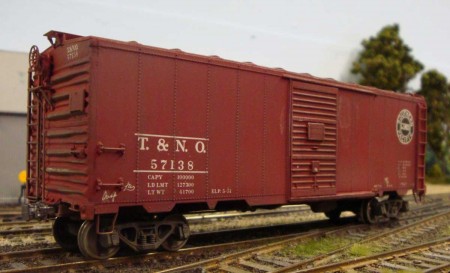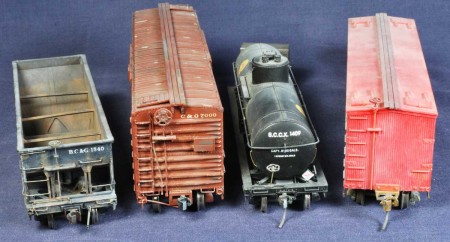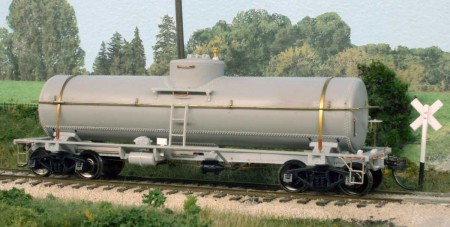Clark Propst has offered some different ideas on prototype freight car modeling. Here’s what it looks like from his point of view.
The way I go about choosing my freight car fleet could be best described as “Backwards modeling”. What is “Backwards modeling”? It starts with a Prototype designed layout with representatives of actual customers in correct locations. These customers are researched to find the type of materials they shipped and/or received. Real railroad documents are combed through to find freight cars that carried those loads. Once a list of likely candidates is compiled, the search is on for information about the freight cars and how they be modeled. When the freight car model is completed it will then bring or take a specific commodity from a customer.



